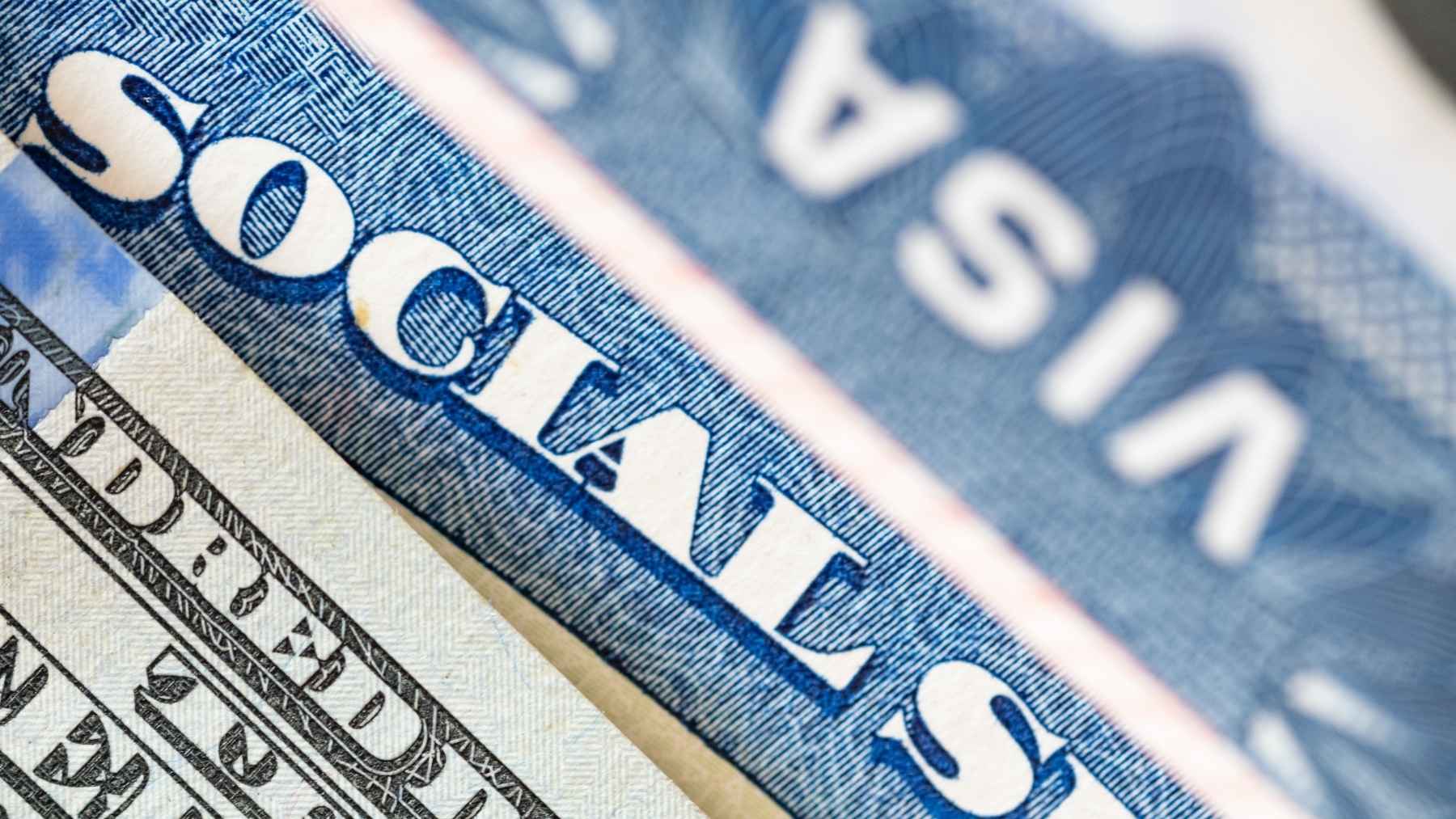Many seniors and vulnerable Americans depend on Social Security not just as a benefit but as a lifeline. Month after month, they depend on these payments to afford essentials like housing, food, and healthcare. However, this critical safety net is being disrupted as the Social Security Administration (SSA) says that Social Security overpayments are still being collected even if the errors weren’t the recipient’s fault.
The 100% claw-back policy was reinstated on March 27, 2025, for all new overpayment cases, and the government has confirmed that the collection is still ongoing.
Changes in Recovery of Overpayments
Until recently, the SSA only withheld 10% of the monthly benefit for beneficiaries who received overpayments to recover the lost funds. That policy was a favorable compromise because it avoided pushing vulnerable recipients into a financial crisis. However, the policy has now changed, and anyone who receives a Social Security overpayment will have their entire monthly benefit withheld until the debt is cleared.
The full recovery of overpayments is now standard for new cases, and this move has raised alarm among advocates and financial experts who say that it will push many recipients into financial crisis.
“If an overpayment is being made, that means the Social Security Administration is withholding 100% of their payment… and they are without money to pay for food,” Dan Adcock of the National Committee to Preserve Social Security and Medicare told CBS.
How the New Political Leadership Could Reshape Social Security
Since Frank Bisignano was appointed as the head of the SSA, massive changes have happened at the SSA, and many have not been favorable to the beneficiaries. However, he has still insisted that he wants to be “human in the process.”
In his Senate confirmation hearing, Bisignano insisted that the current overpayment rate of 1% was “five decimal places too high” and therefore there was a need to reduce improper payments through technological upgrades and the use of AI tools.
“At the end of the day, we need to evaluate the ability to pay back and work it out… I’m going to make sure we recover all the money we should recover, but on the other hand, we need to be humans in the process too,” he said.
Despite his promise to be human in recovering overpayments, the 100% recovery seems to be against him. This hardline approach indicates the interference by the Trump Administration and the Department OF Government Efficiency (DOGE), which is committed to reducing wastage of government funds and reducing federal spending at large.
Besides the 100% claw-back policy, DOGE has also directed the SSA to reduce its workforce by approximately 12% as well as close some of its field offices. Critics have said that these cuts could increase administrative errors and make the overpayment issue even worse.
How Big is the Overpayment Issue?
Between 2015 and 2022, the SSA lost approximately $72 billion through improper payments, most of which were overpayments. While this is just less than 1% of all the benefits paid, the agency still had $23 billion in uncollected overpayments as of September 2023.
What Leads to Overpayments?
Overpayments can happen when a recipient fails to report changes in income or marital status. It can also occur when the SSA miscalculates benefit amounts and when internal system errors go unnoticed for years. Unfortunately, regardless of who’s at fault, the SSA still holds beneficiaries accountable and legally responsible for paying back the overpaid funds.
What To Do If You Receive an Overpayment Letter?
If you have an overpayment, the SSA sends you a letter. If you receive the notice, you have the following options:
- Appeal the decision or the amount if you believe there was a mistake.
- Request a waiver if the overpayment wasn’t your fault. Also, request a waiver if you can’t afford to repay it.
- Negotiate a lower repayment rate by calling the SSA at 1-800-772-1213 or visiting a local office.
The SSA noted that it will wait at least 35 days (30 days plus mailing time) after issuing a notice before starting to withhold payments.
Recipients who have overpayments can use online bill pay, credit card, or check by mail as repayment options.
Conclusion
The government is still collecting Social Security overpayments, and it wants them back faster and more aggressively than ever. With new leadership at the SSA and a sweeping policy reversal in place, beneficiaries are advised to monitor their monthly benefits closely and stay up to date with SSA updates.

